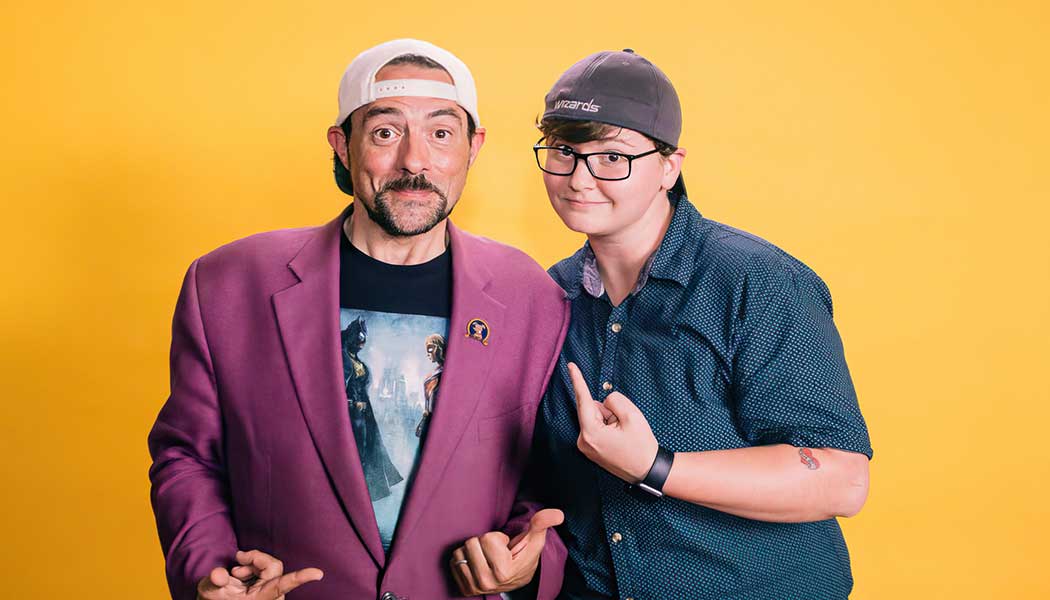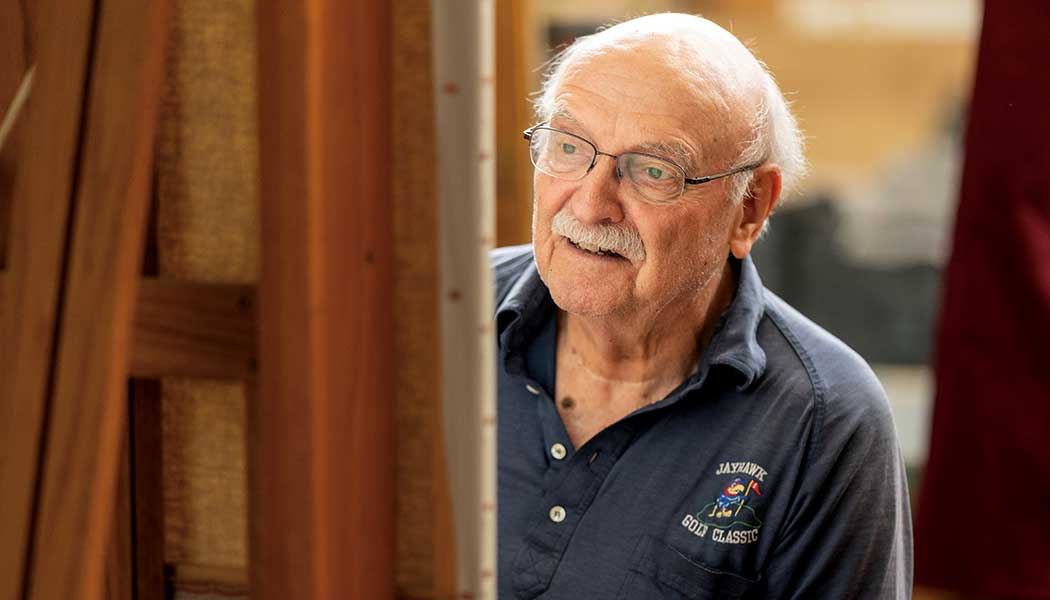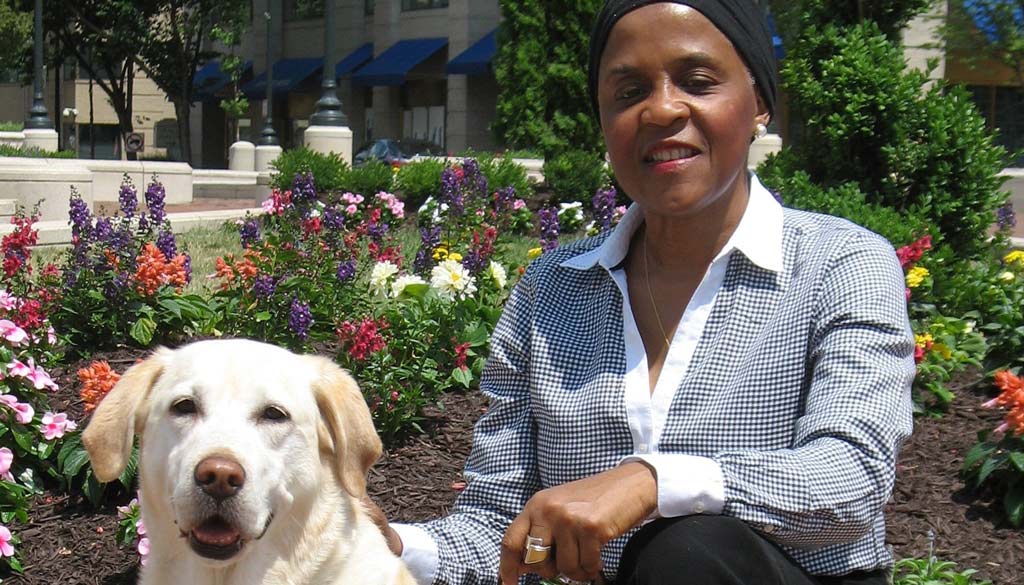Toy restorer commands largest public display of iconic G.I. Joes
With repair shop and hands-on museum dedicated to world’s first action figure, Neil Vitale is rejuvenating one of America’s great toy stories.
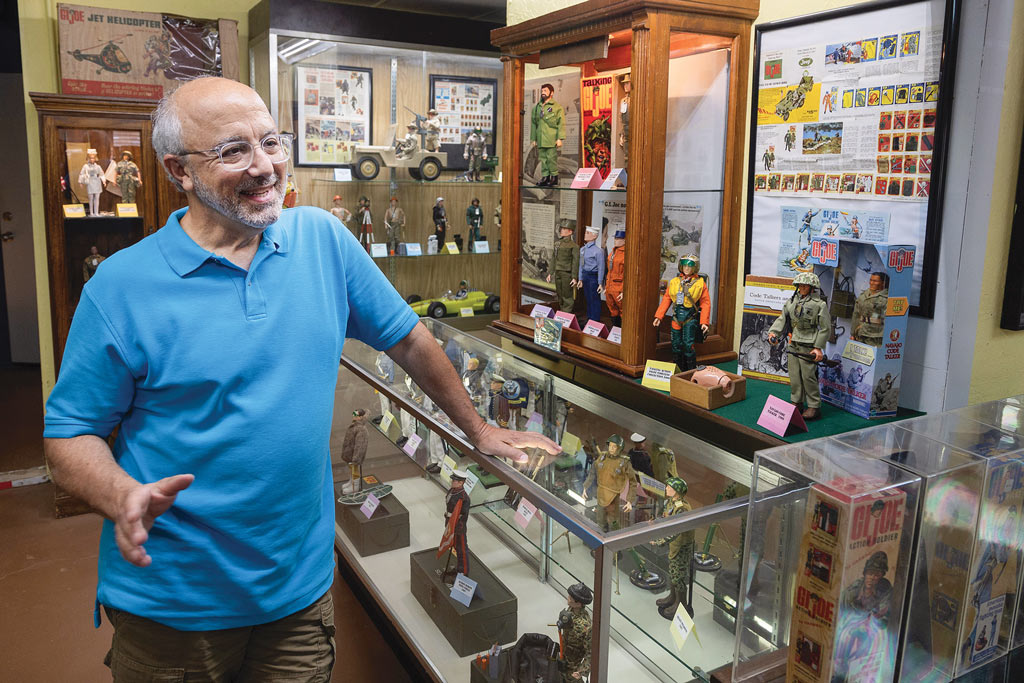
In 1964, when G.I. Joe first stormed toy store shelves, Neil Vitale was 9 years old, right in the demographic sweet spot Hasbro envisioned when it decided to risk marketing the world’s first “action figure,” a term the company invented to avoid any association with the term “doll.”
Boys don’t play with dolls—or so went the conventional thinking of the time. But a posable soldier (“America’s movable fighting man” was the slogan emblazoned on every box) with miniature weapons, military service manuals, and authentic uniforms from all branches of the U.S. armed forces might be a different matter. The gamble paid off, generating nearly $17 million in sales the first year and more than $36 million the second, as G.I. Joe became one of the most popular, iconic toys of the next decade.
In New Rochelle, New York, Vitale toted around two of the figures and their gear in a case his father built.
“G.I. Joe was massive. All the kids in the neighborhood had them,” he recalls. “My cousin, who lived a block away, had even more than I did. But pretty soon we moved on to other things like Boy Scouts and sports.”
When he went to college in Oklahoma City, Vitale left his Joes with another cousin. Decades later, he got a phone call: The cousin was cleaning out his attic and had found the action figures. Did he want them back?
“I had forgotten all about them,” says Vitale, m’85, by then a pediatrician practicing in Connecticut. “But I told him, ‘Sure.’” Vitale soon received a box with two battle-weary figures missing parts and accessories.
Their disrepair made all the difference.
“If they were complete, I would’ve closed the box and put it on the shelf,” he says. “But they weren’t complete. So I said, ‘Well, I’m going to fix them up.’”
So began a deep dive down a rabbit hole of 1960s nostalgia, eBay auctions and DIY repair hacks that led to Vitale becoming a leading expert on the reconstruction of vintage G.I. Joes and the founder and chief tour guide at what he believes to be the largest permanent public display of the toys in America, the G.I. Joe Museum and Repair Shop in Lone Wolf, Oklahoma.
Housed in a pair of buildings on Main Street between the fire station and post office, the museum has more G.I. Joes (594) than Lone Wolf has people (around 400). The attraction draws 200 visitors a year, half of whom come during the town’s Independence Day celebration, which Vitale also oversees. A vintage Willys jeep out front lures people in. Dioramas (with backdrops painted by Vitale’s daughter Rosie) create dramatic context: The showstopper is a D-Day beach landing with 50 G.I. Joes and their World War II equipment. Shelves display the iterations Hasbro developed as it expanded the toy’s profile to other military and, eventually, nonmilitary roles, such as combat engineer, medic, nurse, state trooper, Canadian Mountie, sea explorer and astronaut.
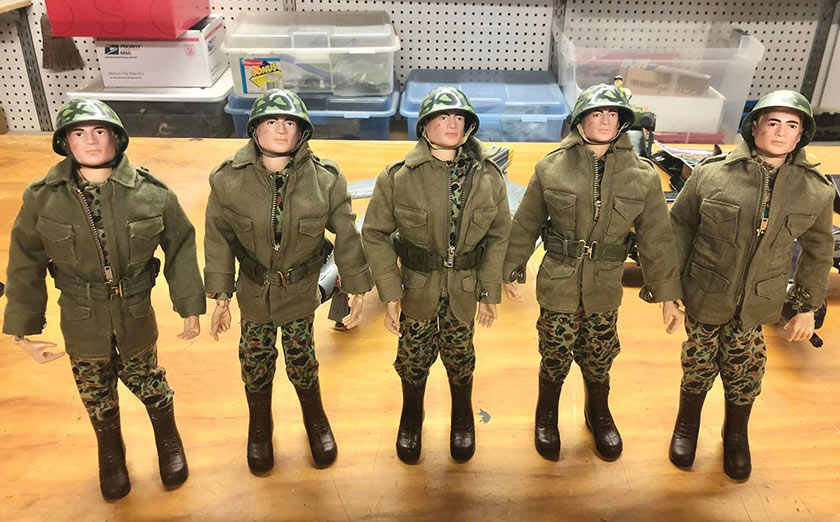
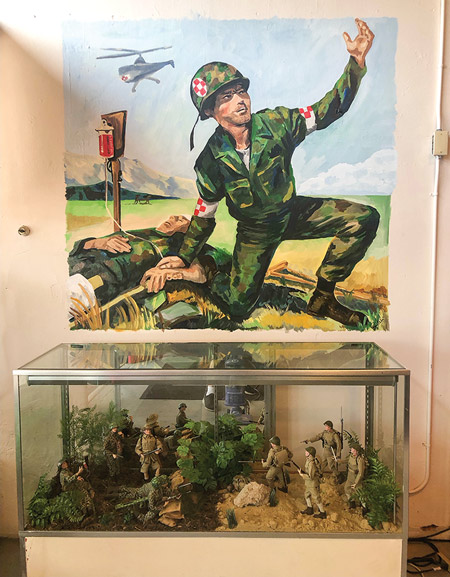
Vitale’s wife, Renee Weber Vitale, g’83, grew up in Lone Wolf, and the couple relocated there in 2014. The move allowed Neil to liberate his collection from the basement and expand his repair work, which by now, he estimates, has rehabilitated hundreds of Joes.
It also allowed him to focus his medical practice exclusively on developmental and behavioral pediatrics, with a specialty in the diagnosis and treatment of children who have ADHD, autism and behavioral issues. He sees patients three days a week, with plans to retire this fall, though he will likely continue evaluations one day a week because of high demand for his specialty in an area of the state where the nearest medical center is a two-hour drive.
Vitale’s is the rare museum that allows—nay, encourages—patrons to put their paws on the permanent collection. Though he has a few valuable pieces stored beyond the reach of young hands, he likes it when children visit on school trips or with their parents and he gets to correct adults who caution their charges, “Look, don’t touch.”
“That’s the whole idea,” Vitale says of the hands-on ethos. “They’re durable toys. I mean, when kids played with G.I. Joes, they were brutal. You can just tell by the Joes that come in here with ice pick stab wounds and burn marks. Gosh only knows what kids did to them in the ’60s.”
And if they do break something, so what? He knows a crackerjack repairman.
Steven Hill is associate editor of Kansas Alumni magazine.
Photos courtesy of Neil Vitale
/

